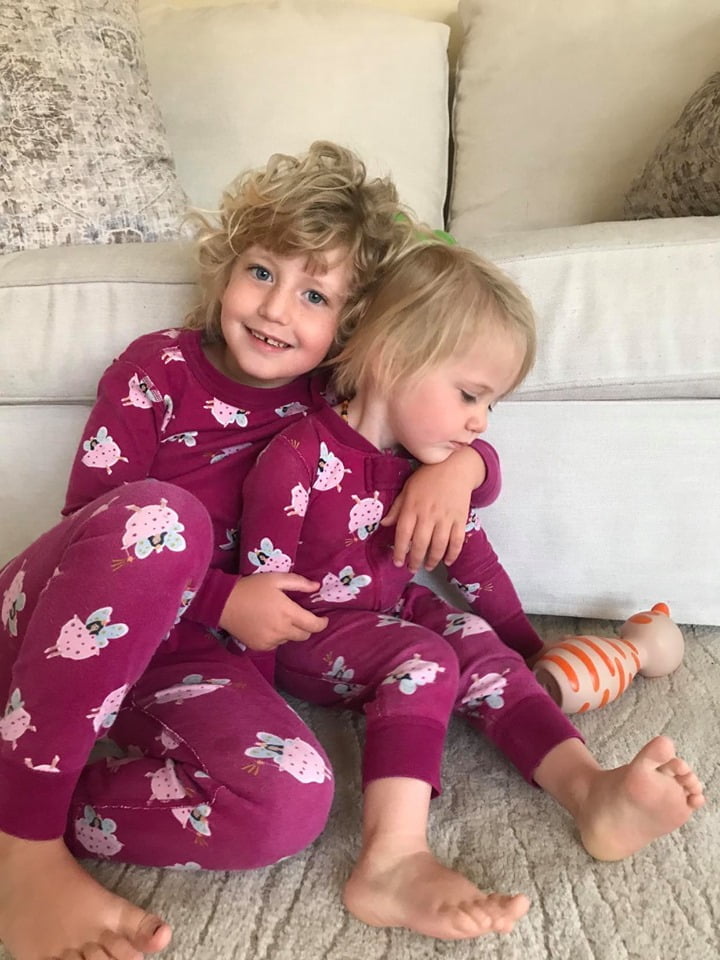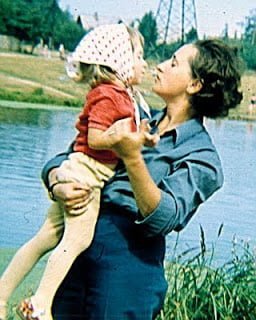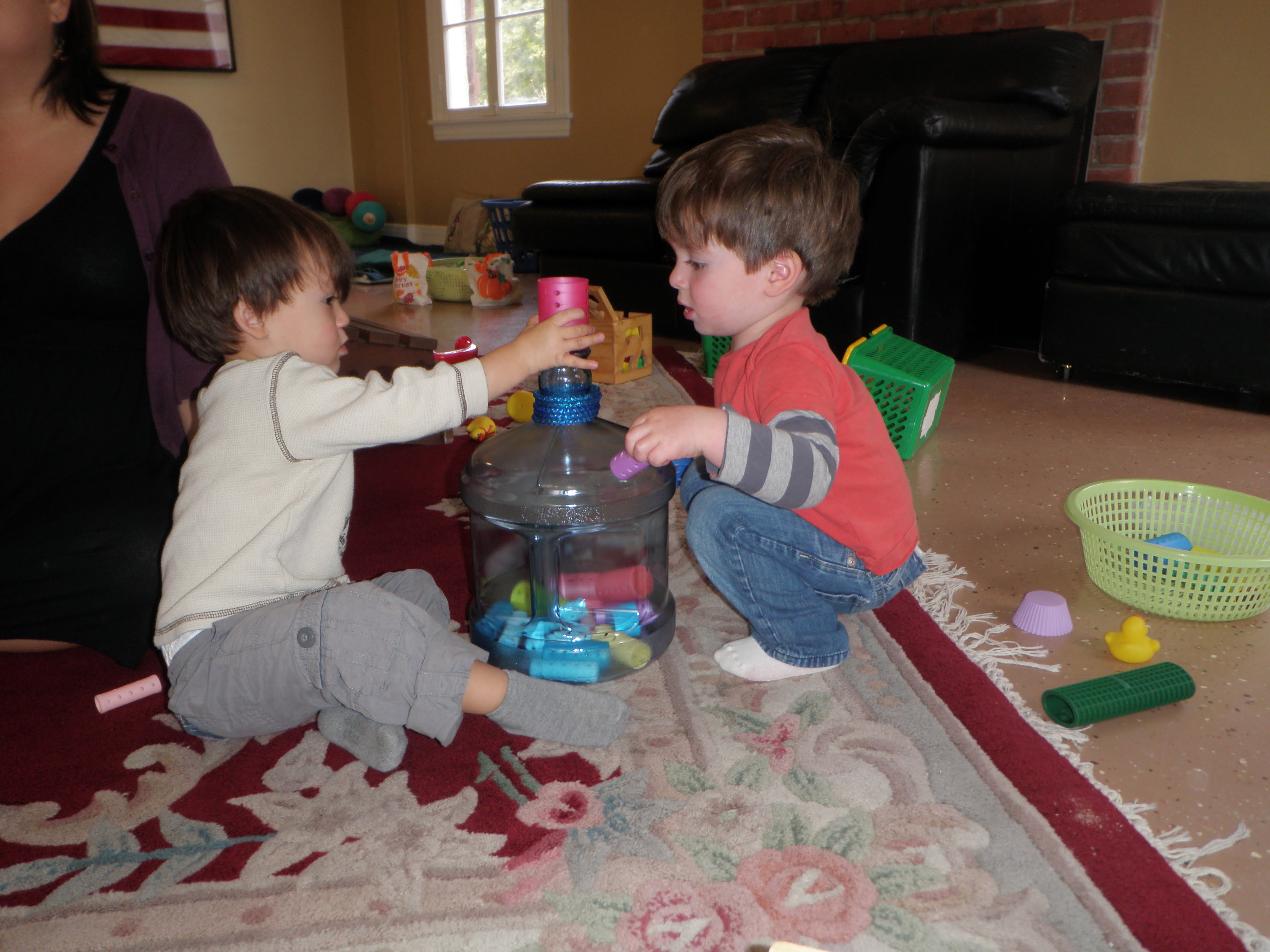The arrival of a new baby involves stress; it can be a positive kind of stress, but it is still stress. Everyone in the family has to adjust and learn a new routine. It can be difficult for older siblings to accept the idea that they now have a new family member. One of the parents in my class shared with me that her toddler loves the new baby and gives lots of kisses and hugs, but he also frequently tries to hit the baby. This behavior worries, saddens, and frustrates the mom. What can she do to support and help her older child during this transition for a smoother experience?
First of all, we should understand that hitting is an age-appropriate behavior. The toddler is dealing with numerous changes within the family, feeling overwhelmed, and has a need for reassurance regarding their importance and love. Secondly, we can employ several strategies to facilitate this process for the toddler, the mother, and the entire family. Here are a few suggestions:
1. The older child’s “needs”
First and foremost, let’s examine challenging behavior from the standpoint of the child’s “needs.” Pose the question to yourself, “When he engages in ___ behavior, what is his underlying ‘need’?”
It’s possible that he requires reassurance of you still love him, affirmation of his importance to you, and a desire to spend quality time together.
2. Make it visual
Use visual cues to indicate when Mom is available. Not only does this help the child process information, but it also allows them to independently check when Mom will be free. Moreover, it adds an element of novelty and playfulness to the experience. For instance, draw a picture – when the child’s sister is taking a nap, Mom is sitting and playing with the child on the floor, or perhaps a picture of the child and Mom going for an evening walk together.
Utilize a paper calendar and incorporate pictures to mark the day’s activities. This not only supports a sense of routine but also creates a sense of anticipation. For example, on Saturday, Mom and Jack will have a special playdate, just the two of them.
3. Consistency
Don’t be discouraged if it does not work on the first try. It takes time for new arrangements to become routine.
4. Set clear limits
To set limits, we don’t need to be or ‘show’ angry feelings.
Warmth + Authority = Effective Discipline
Boundaries are important for a child’s healthy development. Children need to push limits and find boundaries to feel safe. So don’t feel doubt or guilt when you have to resist and say “no.”
5. Restructure the environment
- Less is more
Remove some toys. Having fewer toys will encourage independent play.
- Set up
Arrange the toys in a fun and inviting manner. For instance, line up a few cars in a chain next to the toy garage.
- Add to it
Start with a minimal set and gradually add new items. Utilize the materials you already have. For example, begin with cars or trucks, then introduce a ramp. Afterward, include passengers to ride in the cars, and eventually incorporate fruits and vegetables for a delivery scenario.
- Rotate
Rotate the toys to maintain their interest.
- Safe space
Create a “yes” space for the baby, possibly using gates.
6. Involve the toddler in routine
Ask for help and give small tasks. “Please bring me a fresh diaper.” “Could you put this in the trash can?” “Please hold this.” Toddlers love to help when they have opportunities. It helps them feel included, important, and needed.
7. Give full attention
During the caregiving routine, it is important to give your full attention to the child you are caring for. Avoid multitasking or rushing through the routine.
- Communicate and wait
Before starting a task, communicate your plans and intentions to the children in advance. For example, you can say, “In a minute, I will change Katie’s diaper.” Then, pause briefly and start gathering the necessary items slowly. This approach will help both children understand what to expect.
- Communicate
Inform the other child that you will attend to them as soon as you finish with their sister. Ensure that once you have completed the task, you give them your undivided attention.
8. Practice Time
Find a specific time during the day when you can practice being together in the same space successfully. Start with a small amount of time (5-10 minutes) and try to end on a positive note. Then gradually increase this time.
- Set up the environment
Place a few open-ended light toys for the toddler, a blanket for the baby, and a few baby-friendly toys. Sit strategically in the middle so you can intervene when necessary.
- Narrate
Sportscast what the children are doing. You don’t have to talk all the time, pay attention to what the child is doing, and when he is looking for the opportunity to connect, feedback, or maybe experience a struggle.
- Model
Model how you want the children to interact with each other. When the toddler reaches for the baby, say, “I am getting closer, and I want to see what you are both doing.” Narrate what you observe and demonstrate gentle touches.
- Use a normal tone of voice
Avoid resorting to negative statements and criticism. If you feel that the toddler isn’t being gentle enough, address it with a concerned but not angry tone of voice: “I am concerned that if you keep pulling the baby, he might get hurt.”
- Intervene when necessary
Step in to block any hitting attempts by the toddler. You can say something like this: “I will not let you hit.” Pause. “Hitting hurts.”
9. Toy ownership with two or more siblings.
With a new baby very close in age, it can be interesting because the older child still remembers his toys and might have strong feelings about them.
Getting a few new toys for the new baby might be a good idea, but I think it is not the key. Remember that most conflicts over toys are not about possessing the toy but about love, attention, and identity. Providing every toy in double will not resolve the issue of jealousy and might even encourage it.
10. Photo Album
I read about this idea in Ruth Anne Hammond’s book, “Respecting Babies: A Guide to Educaring for Parents and Professionals.” Ruth Anne suggests creating a paper photo album ahead of time with pictures of Mom being pregnant with the first child, and then him being a tiny baby. Look together at the photo album with his own baby pictures.
11. Social Story
Create a storybook about the older sibling and the new baby. Make it simple and honest; stay away from judgment or trying to make it unrealistically sweet. Include daily routine and positive interactions, as well as some rough interactions.
12. Create a “Special Box—Mommy is Busy”
Here are ideas about how to make the box: https://ourparentingplace.com/mommy-is-busy/
Just remember that these exasperating behaviors are connected to your children’s need to check if you still love them.
Email me or call for more information about RIE® Parent-Infant Guidance™ Classes.
Wishing you all the best in the difficult yet exciting journey of parenting!
Warmly,
Teacher Kira














